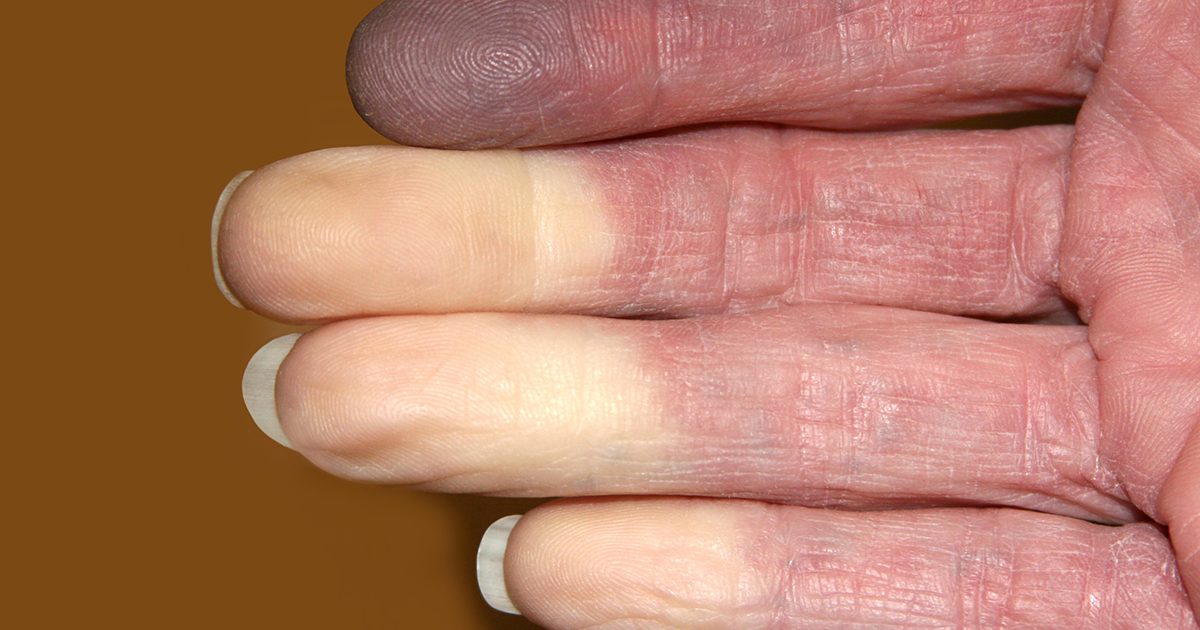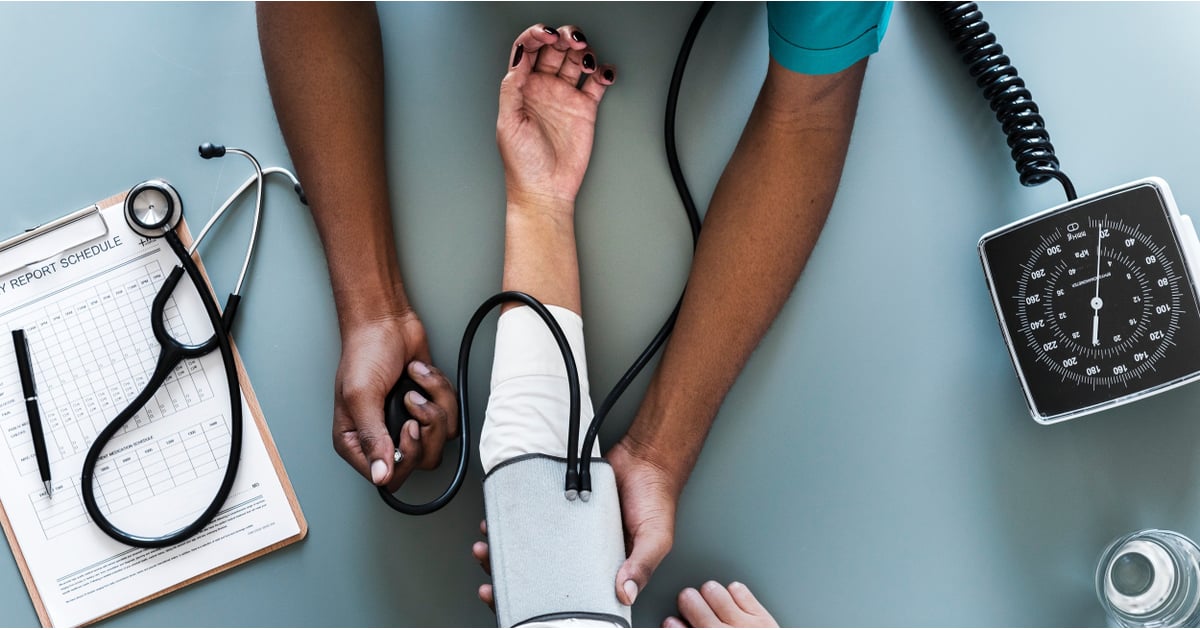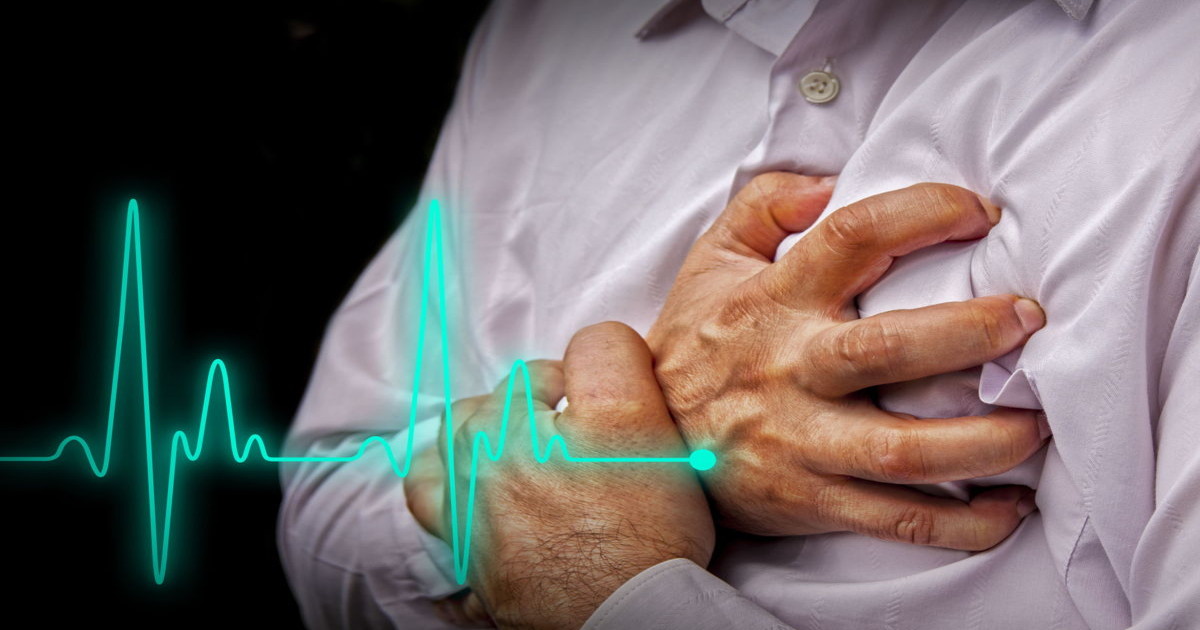Symptoms Of Scleroderma
Scleroderma is a potentially fatal condition that affects the skin, blood vessels, and internal organs. It occurs as a result of the immune system attacking the connective tissue underneath the skin, hardening the skin and tissue surrounding the internal organs, and causing scarring. Thus, doctors believe the cause of scleroderma is an overactive and out of control immune system, but it's unclear what triggers this in the first place, though genetics are thought to play a role. There are several types of scleroderma, each varying degrees of severity. Symptoms can usually be controlled through various treatments, but there is currently no cure for the condition. Still, individuals affected by it can lead full and happy lives, as long as treatment is undergone and symptoms are managed. It is a fairly rare condition that needs to be monitored carefully. The following are the most common symptoms of scleroderma.
Raynaud's Disease

Raynaud's disease, often referred to as Raynaud's phenomenon, is a common condition that affects the blood circulation. Though it doesn't typically cause any severe problems, it can play a role in the development of scleroderma. Poor circulation can lead to pain, numbness, and changing colors in fingers and toes. Patients may also have a pins and needles sensation and find it difficult to move the affected area on a frequent basis. Raynaud's disease is often the first sign scleroderma may be developing, though having it does not necessarily guarantee scleroderma will progress.
If you have been diagnosed with Raynaud's disease, be on the lookout for other symptoms of scleroderma, such as the ones discussed next.
Thickened Skin

Hardened or thickened skin is another tell-tale sign of scleroderma. Because the immune system is attacking the connective tissues and blood vessels beneath, the body triggers increased production of collagen, which is the substance that promotes skin cell growth and renewal. This excess collagen tricks the body into thinking it needs to repair itself, and the skin begins to harden and scar from the inside out. The blood vessels then narrow and blood flow to other organs decreases. The appearance often looks shiny and smooth, and it is most common on the hands, feet, and face.
Continue reading to unveil the next symptom of scleroderma.
Sores On Fingertips

Digital ulcers, or sores on the fingers and toes, are another classic sign of scleroderma. The significant changes in the skin that lead to tissue breakdown often result in sores on the fingertips. This symptom presents in roughly forty percent of scleroderma patients. These sores are uncomfortable and are often slow healing due to the tightening of the skin and decrease in blood circulation. Even simple everyday tasks can become a struggle for an individual with this particular symptom, and it makes a huge impact on a patient's quality of life. There are many treatment options for digital sores, though, so be sure to discuss options with a doctor.
Keep reading to learn more details about symptoms of scleroderma.
Swelling

Swelling from scleroderma is one of the more painful symptoms. Inflammation can affect both the joints and the nerves, causing a range of feelings from mild discomfort to chronic and extreme pain. Individuals with scleroderma may experience a build-up of excess fluid in the joints due to the narrowing and incapacity of blood vessels, leading to swollen hands and fingers. Though this typically occurs in the morning, with the fluid dispersing throughout the day, it is certainly an inconvenient sign of scleroderma. When joint stiffness does not correct itself, however, the inflammation can spread from the hands and fingers to other areas of the body, such as the elbows, wrists, hips, knees, and ankles. Joints can feel as though they've become 'locked' into a particular position, limiting mobility significantly. The swelling associated with inflammation can also trap the nerves and put pressure on them, further causing pain and discomfort.
Continue to reveal another common symptom of scleroderma.
Red Spots On Face And Chest

Because the blood vessels fail to function properly in bodies afflicted with scleroderma, they can begin to swell near the surface of the skin. The coagulation of blood cells can cause the appearance of red spots or lines on the skin, particularly on the face and chest. Though not physically painful, they are not aesthetically pleasing. When circulation does improve, though, the natural flow of blood should cause these spots to go away, meaning they are not typically permanent. Red spots on face and chest occur, at some time or another, in about seventy-five percent of scleroderma patients.
Uncover more information about warning signs of scleroderma now.
Acid Reflux

Acid reflux is a condition characterized by a burning sensation in the lower area of the chest that happens when there is backflow of stomach acid into the affected individual's esophagus. This abnormal mechanism occurs because the valve responsible for preventing stomach acid from coming up the esophagus or the esophageal sphincter is not functioning correctly. This malfunction is a common occurrence in individuals with moderate to severe scleroderma because the disease causes the body to deposit too much collagen into various tissues around the body. Acid reflux is not usually the first manifestation of scleroderma, but it is prevalent among individuals with severe cases of the disease. Scleroderma often affects the muscles surrounding the lower esophagus when excess collagen is deposited in the surrounding connective tissues. This deposit causes the area around the lower esophageal sphincter to become thick and hard, resulting in the sphincter's impaired ability to close securely enough to stop stomach acid from reentering the individual's esophagus.
Keep reading to reveal more symptoms of scleroderma now.
Issues With Nutrient Absorption

Individuals with scleroderma often exhibit issues with nutrient absorption when the disease affects their gastrointestinal system. In healthy individuals, the food they eat moves through the esophagus and into the stomach where it is partially digested. Then, the partially digested food or chyme moves into the small intestine where the specialized lining absorbs essential nutrients from it. The digested food moves into the large intestine, and any remaining fluids are absorbed before it is excreted from the body. Individuals with scleroderma have issues with muscle tone in the areas of the stomach and small intestine. Adequate muscle tone is required to efficiently move food through the digestive tract in a timely manner. Poor muscle tone and function cause the chyme to stagnate in the small intestine because the muscles are unable to propel it along. This stagnation allows the naturally occurring bacteria in the small intestine to multiply, invade, and steal nutrients from the chyme before the small intestine is able to absorb them. This malfunction causes the scleroderma patient to have multiple nutrient deficiencies that cannot be explained through other means.
Read more about serious indicators of scleroderma now.
Hypertension

Scleroderma patients often develop chronic hypertension, as this condition causes the body to create excess collagen and deposit it into connective tissues and blood vessels around the body. The blood vessels become thickened and stiff when they are affected, causing impairment to their ability to expand and appropriately adapt to the different conditions of the blood flowing through them. When general systemic hypertension is problematic, severe hypertension that becomes concentrated in the arteries that supply the affected individual's lungs, brain, heart, and kidneys can be life-threatening and urgent. An individual with scleroderma-precipitated hypertension can incur kidney damage when hypertension occurs in the renal arteries that supply the kidneys with oxygenated blood. Heart damage can occur if hypertension becomes severe in the pulmonary arteries that supply the lungs because the right side of the heart has to work harder to pump blood into the lungs. This level of strain over time can result in pulmonary and right ventricular failure.
Get more details on scleroderma warning signs now.
Joint And Muscle Aches

Joint and muscle aches are common symptoms that occur in individuals with scleroderma. There are numerous ways scleroderma can cause pain in an affected individual's joints and muscles. Scleroderma is an autoimmune disease because the immune system attacks its own tissues, causing an overproduction of collagen and scar tissue. Rheumatoid arthritis is also an autoimmune disease that is associated with scleroderma that causes the bones of a joint to become severely inflamed. The muscle aches may originate from thick and stiff blood vessels that are unable to provide muscle fibers with adequate amounts of oxygenated blood. Muscle pain may also arise from a buildup of scar tissue caused by the abnormal autoimmune actions taken by the immune system of scleroderma-affected individuals. Scar tissue is more dense and fibrous than healthy muscle tissue, and it also cannot stretch the same way as healthy muscle tissue. Scar tissue can cause injury and damage to surrounding healthy muscle tissue when the individual attempts to utilize the affected muscle.
Learn more about how to identify scleroderma now.
Irregular Heartbeat

An irregular heartbeat can be indicative of the presence of scleroderma in an individual. A healthy individual's heart has its own electrical system responsible for the careful timing coordination of the contraction and relaxation of the heart muscle. Nodes are located throughout the heart muscle that sends and receives electrical impulses that trigger the movement of different chambers of the heart. In order for an individual's heart to beat in a normal rhythm, the electrical impulses have to travel without interruption on a pathway that passes through the nodes. Scleroderma causes excess scar tissue to develop in connective tissues around the body. Because the heart is a muscle, scleroderma can affect it. When the immune system of individuals with scleroderma attacks the muscle tissues of the heart, scarring can form in areas involved in its electrical pathways. When dense fibrous scar tissue disrupts the heart's electrical pathway between or at the site of the nodes, an abnormal heart rhythm can result.